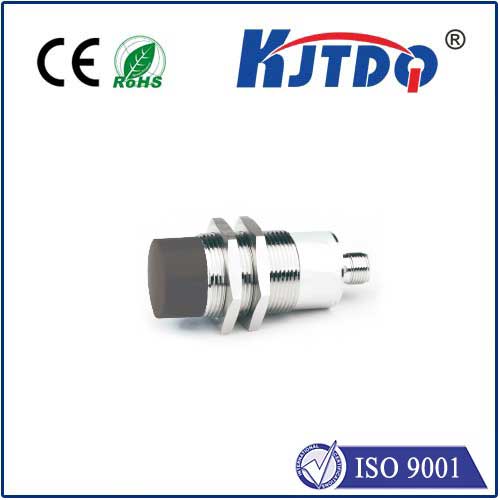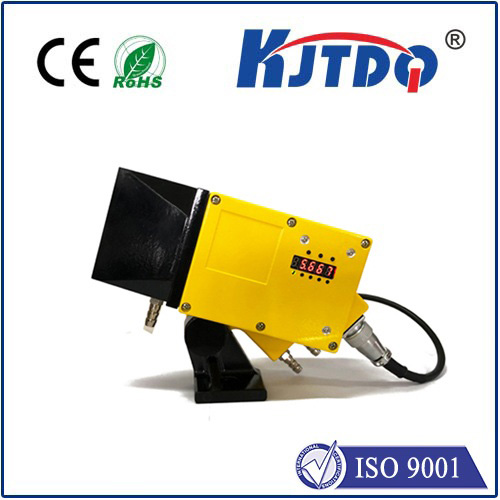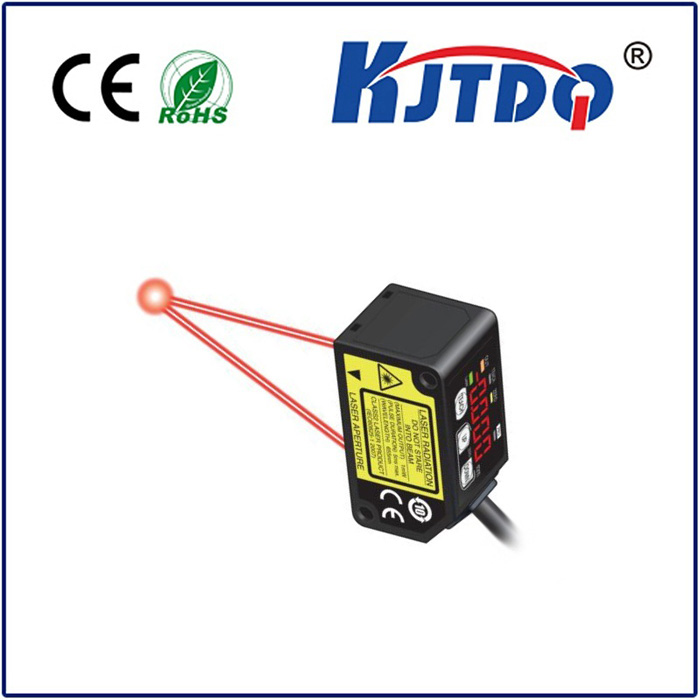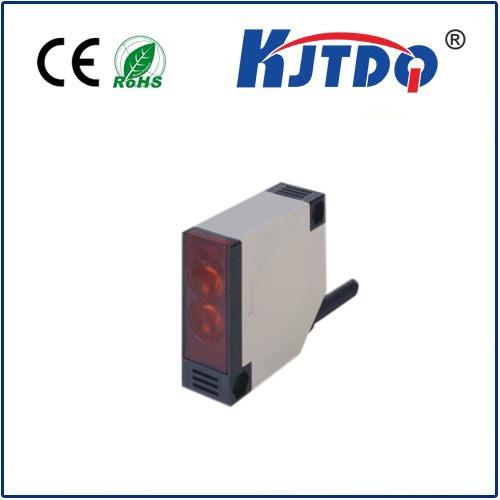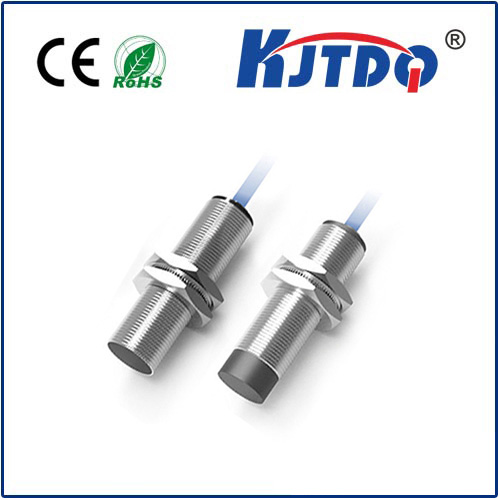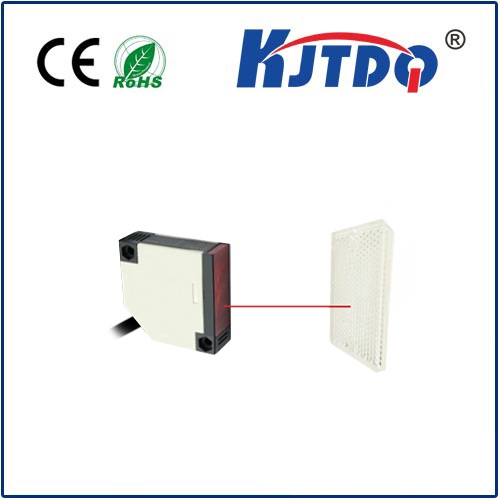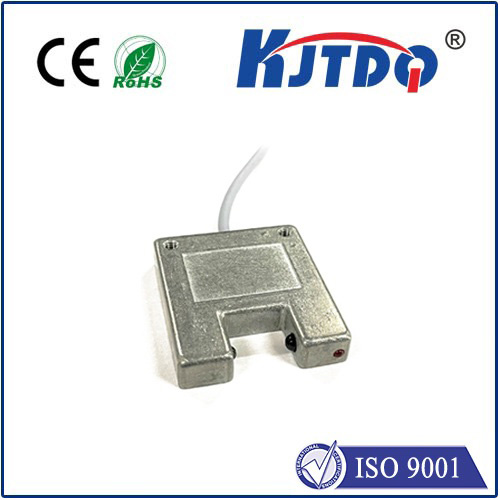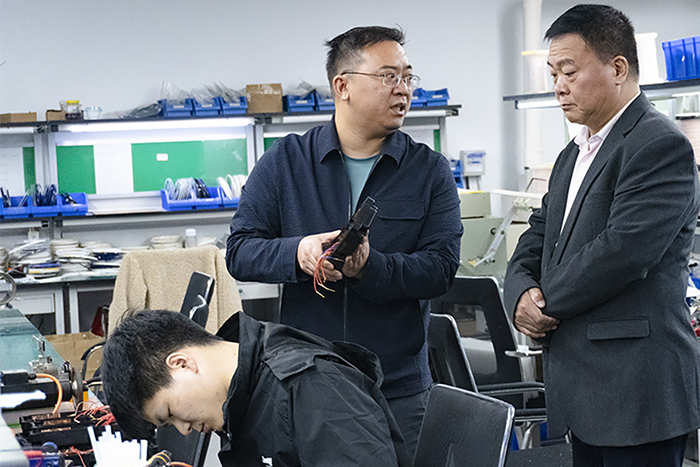
check

check

check
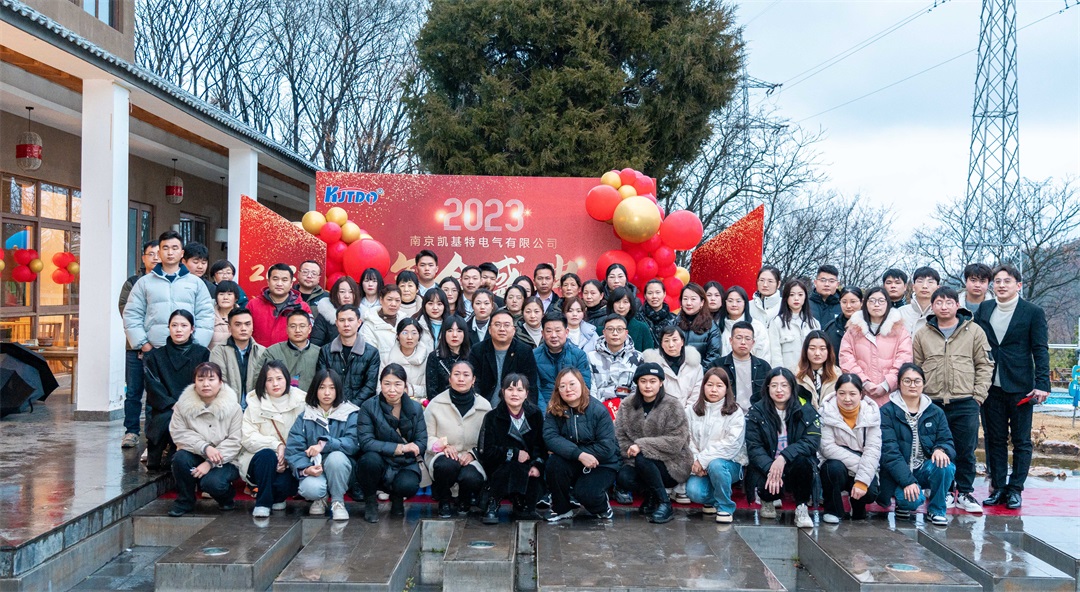
check

BES00Y0 Inductive Proximity Sensor: Unveiling the Future of Sensing Technology In today’s rapidly evolving technological landscape, the BES00Y0 inductive proximity sensor stands at the forefront, offering unparalleled accuracy and performance. This innovative sensor is designed to detect metallic objects without any physical contact, making it an essential component in various industries ranging from automotive to manufacturing. Advanced Technical Features The BES00Y0 sensor employs inductive technology to sense the presence or absence of metal objects. Unlike capacitive sensors which rely on changes in capacitance to detect objects, inductive sensors utilize a high-frequency magnetic field generated by a coil within the sensor. When a metallic object enters this magnetic field, it causes a disruption that the sensor detects and converts into an electrical signal. One of the standout features of the BES00Y0 is its robust design. The sensor is built to withstand harsh environments, including high levels of vibration, temperature extremes, and exposure to industrial chemicals. Its durable construction ensures longevity and reliability in demanding applications. Applications Across Various Industries The versatility of the BES00Y0 makes it highly suitable for numerous applications. In the automotive industry, it can be used for monitoring the position of pistons, ensuring optimal engine performance and efficiency. Manufacturing plants benefit from its ability to detect and sort metal components on production lines, enhancing productivity and reducing downtime due to manual inspection. Additionally, the BES00Y0 is widely used in security systems. Its precision allows for accurate detection of metallic objects, such as weapons or unauthorized tools, providing an added layer of security in sensitive areas. Ease of Integration and Use Despite its sophisticated technology, the BES00Y0 is user-friendly and easy to integrate into existing systems. It comes with a variety of mounting options and connector types, allowing for seamless installation across different platforms and machinery. Furthermore, the sensor’s compatibility with standard industrial protocols means minimal adjustments are required for integration. Its intuitive design extends to maintenance as well. The BES00Y0 includes diagnostic functionalities that simplify troubleshooting processes, enabling quick identification and resolution of potential issues. This feature not only saves time but also reduces operational costs over the sensor’s lifecycle. Conclusion The BES00Y0 inductive proximity sensor represents a significant advancement in sensing technology. With its exceptional durability, versatility, and ease of use, it is poised to become a staple in industries requiring precise detection of metallic objects. As technology continues to advance, the BES00Y0 sets a new benchmark for performance and reliability, paving the way for future innovations in the field of inductive sensing.

